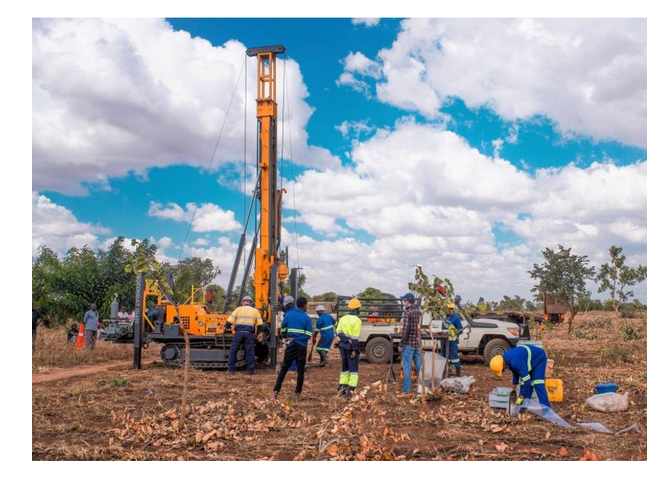He made the remarks Monday in Malawi’s capital Lilongwe during the opening of the 5th SADC Industrialization Week and Exhibition taking place in the Capital City, to run until November 26.
Chakwera said for countries like Malawi, development of the manufacturing sector has been stagnant for quite some time due to uncoupling policies and as such demands a complete overhaul.
Since the dawn of multi-party democracy in 1994, not only has industrialization been neglected, but we have in fact witnessed a high degree of de-industrialization through the closure of many factories like Mulanje Canning Company, Brown and Clapperton (B&C, Press Furniture, gone and British American Tobacco.
"These were once leading our economies march towards value addition and production. But over time, they took their operations elsewhere because we allowed ourselves to be governed by administrations with no industrialization agenda," said Chakwera.
He said this is something that can be rectified if the country has sound policy frameworks.
"The good news is that from the inception of my administration, we have made the resurrection of our industries a key priority. What is even more pleasing is the fact that our renewed focus on industry comes at a time when there is general agreement across the region that industrialization as driver for job and wealth creation is non-negotiable," said Chakwera.
Chakwera, who is also the current chairperson of SADC added saying the various interventions in place like SADC Free Trade Area and the African Continent Free Trade Agreement (AfCTA), would be meaningless and not achieve their intended purposes without industrialization.
This he said calls for SADC member states to prioritize industrialization, as Malawi did in its Malawi Agenda 2063.
He also said one of the areas the SADC region should focus on to bolster production and industrialization is in the mining and agriculture sector.
He said within the region, mining and agriculture contribute around 50 percent to the region's GDP, but there is need to improve on value addition in these sectors.
"The first thing to look at in addressing this malaise is the policy framework, for it is clear that governments within our region have been implementing policies that hinder the transformation of our economies from raw resource dependency to value-adding production through technological research and innovations," said Chakwera.
This year's SADC Industrialization Week is Bolstering Productive Capacities in the Face of COVID-19 Pandemic for Inclusive, Sustainable Economic and Industrial Transformation.
The industrialization week provides an interaction platform for policy makers, academia and investors amongst others, from within the member states and who are tasked in supporting industrialization within the region.
Guest of honor was President Filipe Nyusi of Mozambique who urged member States to find effective means of developing industrialization in the region.
Speaking on behalf of the SADC Business Council, Madalitso Kazembe, said the private sector is also a catalyst in promoting industrialization by providing resources to industrialize, job creation and creating an enabling business environment to attract meaningful regional investments.
She said in terms of the industrialization week agenda, the body centers its interest around three main pillars, namely; trade facilitation specifically resolving Non-Tariff Barriers (NTBs), regional infrastructure solutions, and Regional Value Chains.
"In the industrialization bucket, our flagship remains the annual SADC Industrialization Week, which is an opportunity to put a declaration to the SADC Heads of States. This is a joint declaration between business and public sector on key issues to realizing the SADC Industrialization Strategy.
"We look forward to continuing our collective action around NTBs, trade facilitation, regional infrastructure and RVCs. We are confident that we will be successful and as a consequence, provide investment business and job opportunities for African people," she said.








